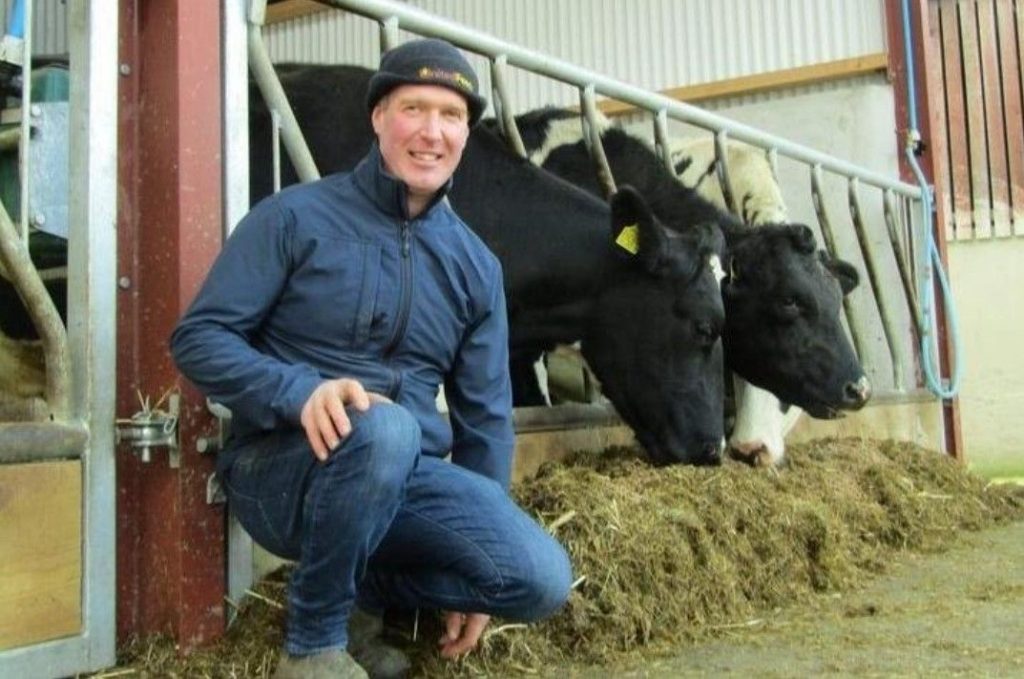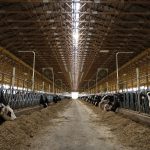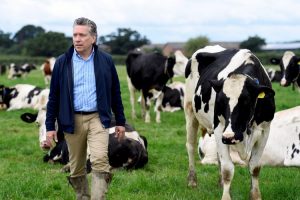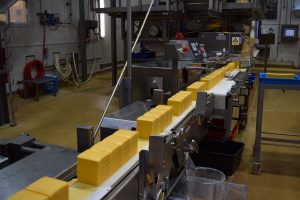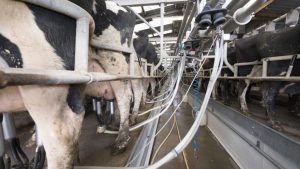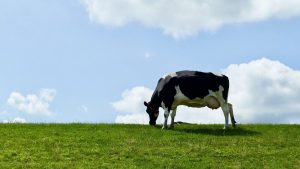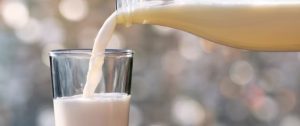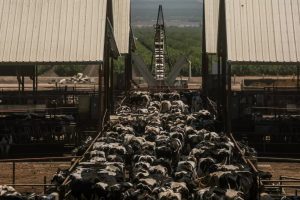
It is clear to see that there have been increases in all input costs, especially Energy, Fertiliser, Buildings and Feed costs and these costs have continued to rise since August 2022.
CAFRE Dairy Financial Benchmarking enables farmers to examine costs on a, per cow, per hectare or pence per litre (ppl) basis and compare them to industry averages. The 2020/21 benchmarking figures show the difference in total cost of production for a litre of milk between the top 25% and bottom 25% of producers is 8.55ppl. Knowing your costs and the impact of increased input costs at farm level is vital. For example, for a typical benchmarked dairy farm, every increase of £32 in the cost of a tonne of concentrates adds 1.0 ppl to production costs while it takes an increase of £250 per tonne of fertiliser to add 1.0 ppl to costs. Therefore, efficient use of inputs to achieve improved productivity is paramount in your business.
Now is a good time to review fertiliser policy to identify any potential efficiencies that can be made. Soil analysis should be carried out and fertiliser requirements recalculated based on soil indices. Pay attention to pH; applying lime to correct deficiencies is a less expensive way to make better use of applied fertilisers. Nitrogen applied to a soil of pH 5.0 is 43% available but at pH 7.0 is 100% available. Target a pH of 6.5 on productive grassland. Some fields on the farm may not require P and K compounds, so a revised purchasing plan based on soil requirements is advised. Slurry application using Shallow Injection/Trailing Shoe methods have an increased amount of nitrogen available to the plant compared to Splash Plate application and should be used to further reduce fertiliser costs. Reducing the amount of fertiliser applied to a silage crop by 30% could result in a reduction in silage yield of 21%. On a highly stocked dairy farm this reduction in available home grown forage would have to be replaced by feeding more expensive concentrates or purchased forage. Therefore, before making any changes to planned fertiliser rates, ensure there will be sufficient forage to feed the herd next winter.
